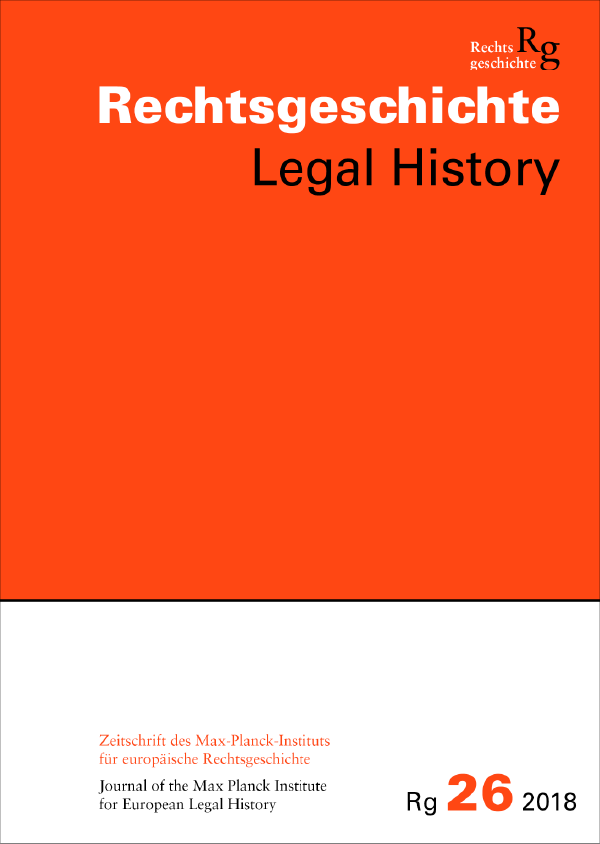What Kind of End for the Ottoman Empire?
A Critical Reading
DOI:
https://doi.org/10.12946/rg26/339-352Keywords:
Ottoman Empire, international law, 19 th-century EuropeAbstract
In 19th-century Europe, the juridical texture of space changed entirely. The state came to dominate the new normative and ontological landscape, inducing homogeneity. This phenomenon was more massive, critical, and contradictory in Central and Eastern Europe, as the states there were pursuing a territorialization plan to balance the Mediterranean area. Europe’s strategy moved in step with the Westernization / modernization process of the Ottoman Empire and its attempt to survive the crisis and keep up with the first »global« competition. This article investigates the effects of the ambiguous European inclusion / exclusion policies towards the empire, highlighting the interplay of the Christian paradigm and international law. In so doing, it lays bare the functioning of Western ideas, patterns, and devices to support both the survival of the empire and the territorialization plan within its borders through the claims of nascent, unaware, and fictional nation-states. The aim is to reveal the responsibilities and wrongs of international law as premature and undefined law and to apply the appealing concept of »entanglement« to a new, more global historiography on the fall of the Ottoman Empire.
Downloads
Published
How to Cite
Issue
Section
License
Copyright (c) 2018 Author

This work is licensed under a Creative Commons Attribution-NonCommercial-NoDerivatives 3.0 Unported License.





